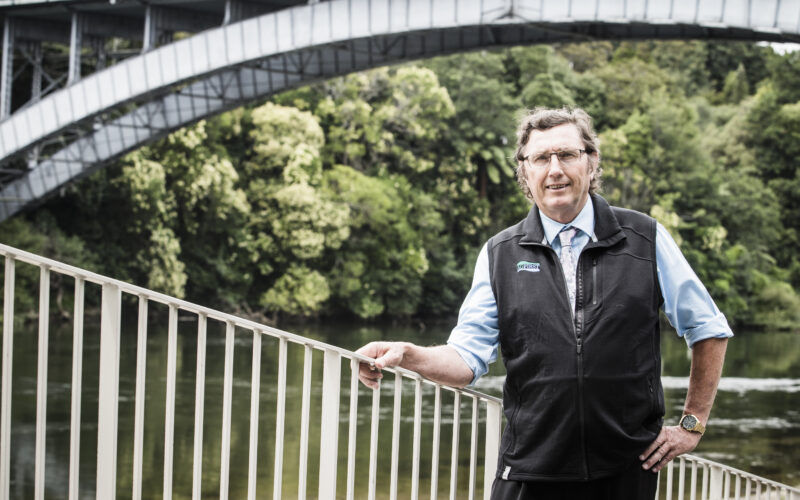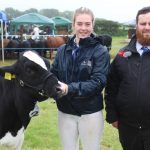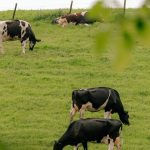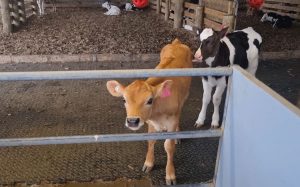
But there’s a sense that the worst is over for dairy farms, economist says.
The 2024-2025 dairy season looks to be another year when dairy farmers will have to make tight financial decisions.
AgFirst’s annual financial survey for the dairy season has mirrored its findings from the previous year with the expectation of a similar kind of result.
It was presented on July 24 at Mystery Creek by AgFirst agricultural economist Phil Journeaux to around 100 industry professionals and farmers.
Journeaux said the expectation is for a similar result to last season. While the forecast payout has increased slightly, costs and interest rates are still high.
The previous season ran at a profit largely thanks to the investment component of the farm business – the dividend and capital payment from Fonterra – carrying it through. The farming side of the business ran at a loss.
He expects the farm business to run at a loss for this season as well.
“Last year and the expectation is that this year, the investment business is carrying the whole business,” he said.
The cash surplus for re-investment is this season is small, and the model is budgeting for a slightly higher dividend from Fonterra. That will allow the farm to cover capital expenditure and debt repayment.
The survey calculated that farmers will need a payout of $8.31/kg milksolids to break even this season. The break-even figure is based on expenditure farmers have to cover such as farm working expenses, interest, drawings, depreciation and tax.
Journeaux calculated the within season payment for this season is budgeted at $7.92/kg MS despite the expected payout across 2024-2025 being budgeted at $8/kg MS.
There are additional expenses to cover including 43 cents for principal debt repayments, another 12 cents need to be added to ensure capital purchases equal depreciation and another 10-15 cents have to be added to cover additional farm working expenses covering activities such as repairs and maintenance.
“If you add all those up, I need $9/kg MS to fully run my farm this year,” he said.
The survey is based on the financial data and budget for 24 farms in Waikato and Bay of Plenty and feedback from industry people. A model budget is then formed based on that data and that industry feedback.
That model is a 133 hectare farm, milking 367 cows, producing 140,556kg MS.
Both the banks and the futures market are predicting an $8.50/kg MS payout. If that occurs and 30-40 cents of that payout occurs this year, the budget should get pretty close to breaking even.
The other factor that could change is interest rates. While they are currently being budgeted very similarly to last year at $1.83/kg MS, a reduction could have a major effect on debt servicing costs, with a 1% fall equating to a 20c/kg MS deduction in those costs, he said.
“A 2-3% interest rate cut gives me another 40-60 cents. That comes off that $1.83 and straight off my break-even price.”
Assuming those rates will be cut – and they will at some point – it will make a big difference to cash being available, he said.
Feed remains the biggest farm costs with overheads overtaking labour as the second biggest costs.
Overheads include administration, rates, insurance, legal, accountancy and consultancy costs.
Journeaux described farmer morale as being “okay”.
“We’re not wildly optimistic but we’re not down in the dumps either.”
While financially things are tight, physically, most farms are in pretty decent shape heading into the season, thanks to a decent autumn and winter.
It means both pasture covers and cow condition are good. Most farms also have good supplies of supplementary feed on hand and farmers are budgeting on a 2% increase in production.
“There’s a quiet degree of optimism and expectation that the payout will go up, interest rates will come down, the worst is over and hopefully things are going to get better from here.”
You can now read the most important #news on #eDairyNews #Whatsapp channels!!!
🇺🇸 eDairy News INGLÊS: https://whatsapp.com/channel/0029VaKsjzGDTkJyIN6hcP1K




















